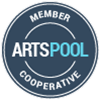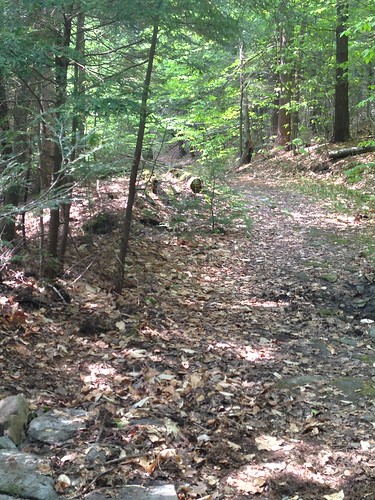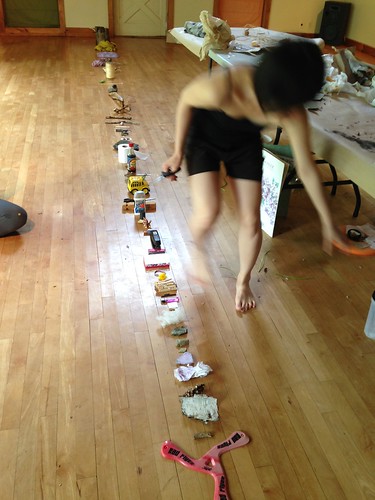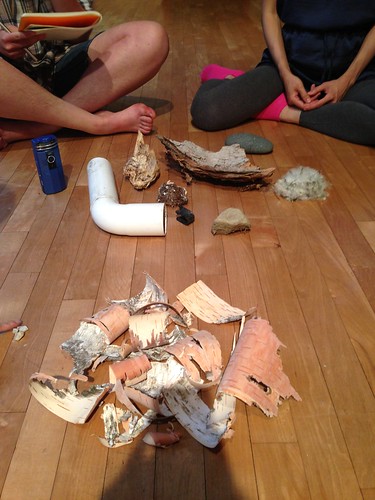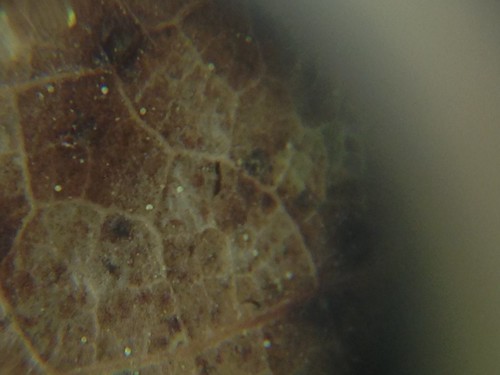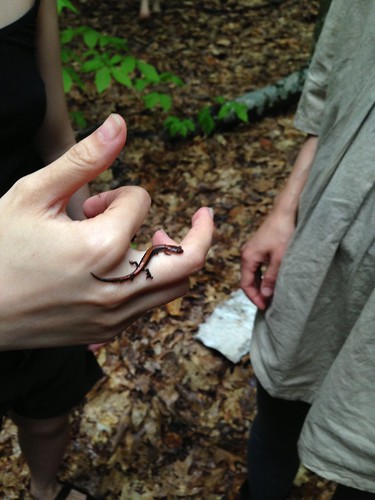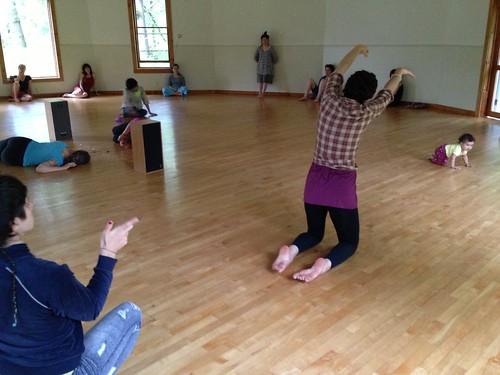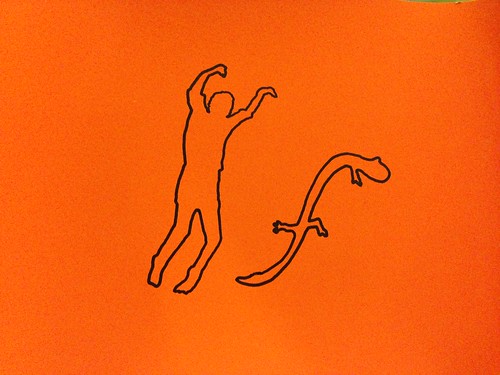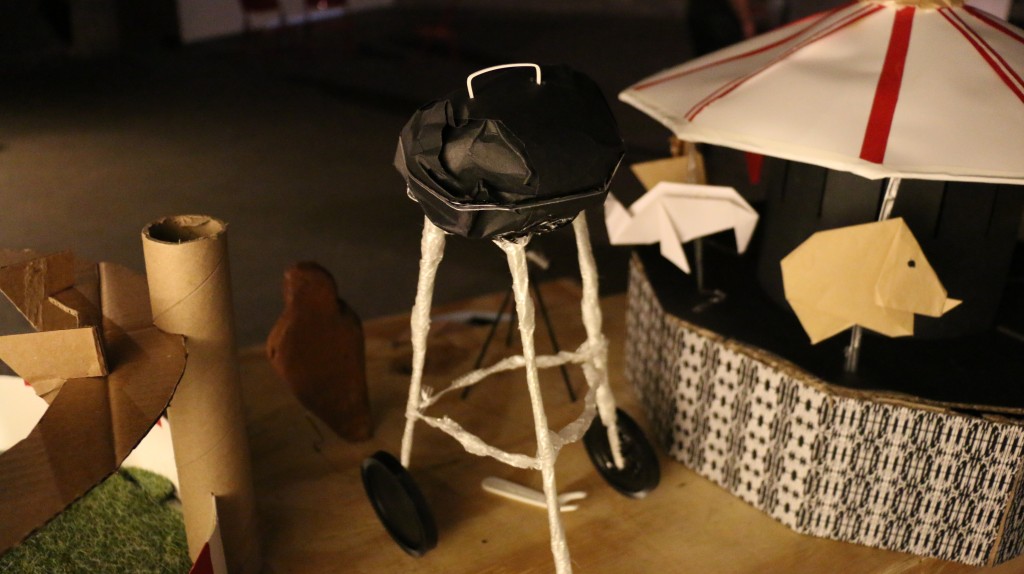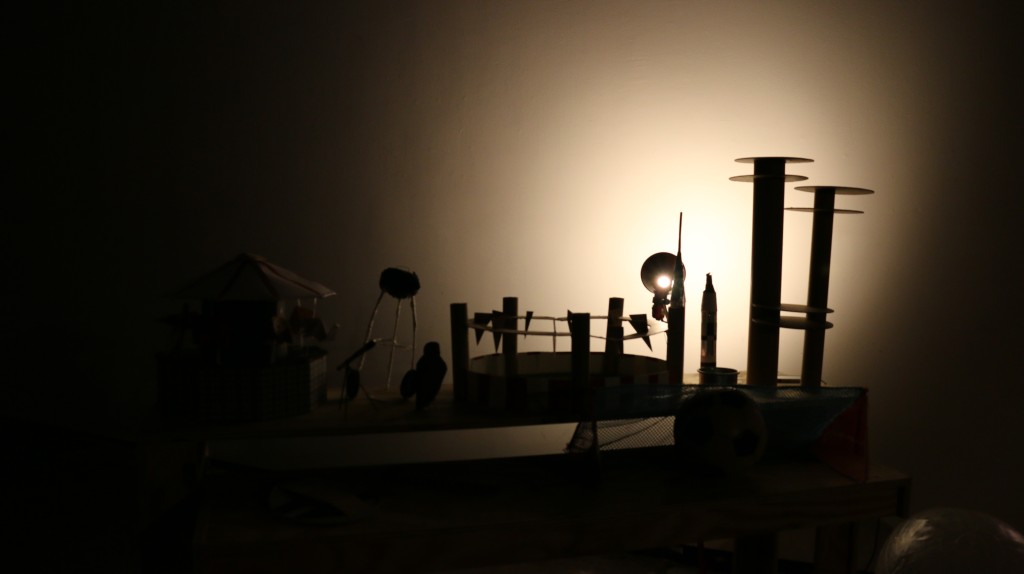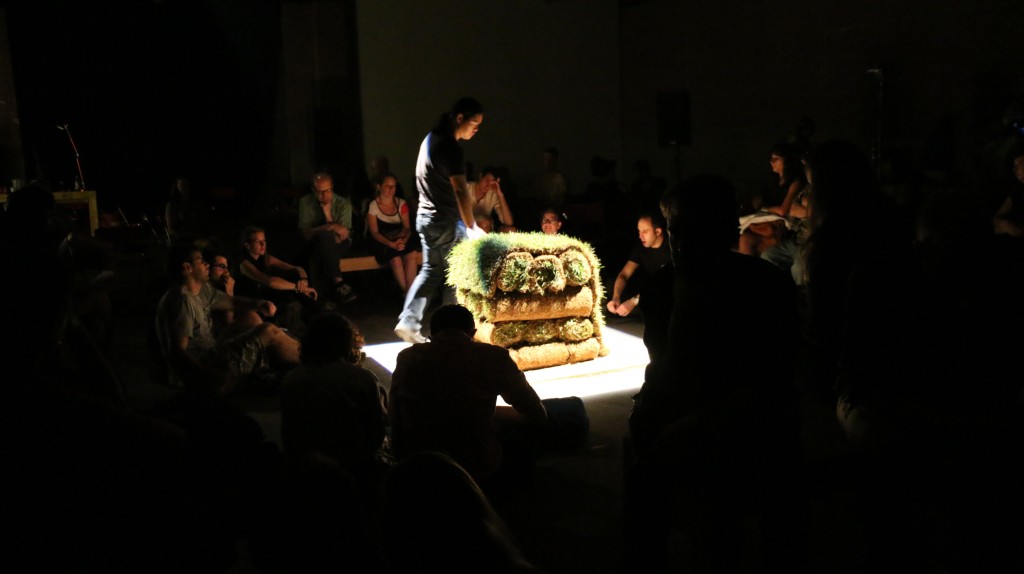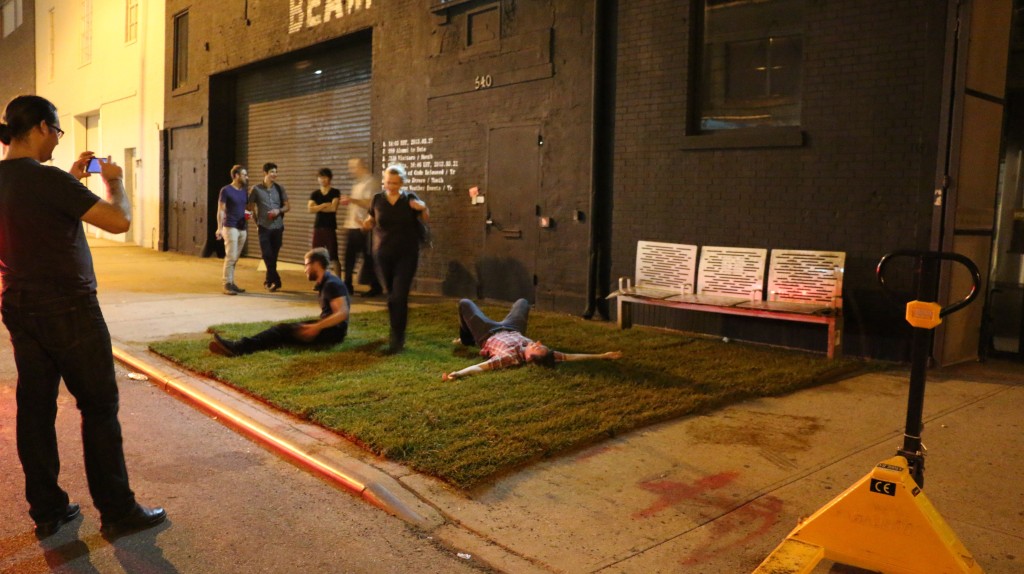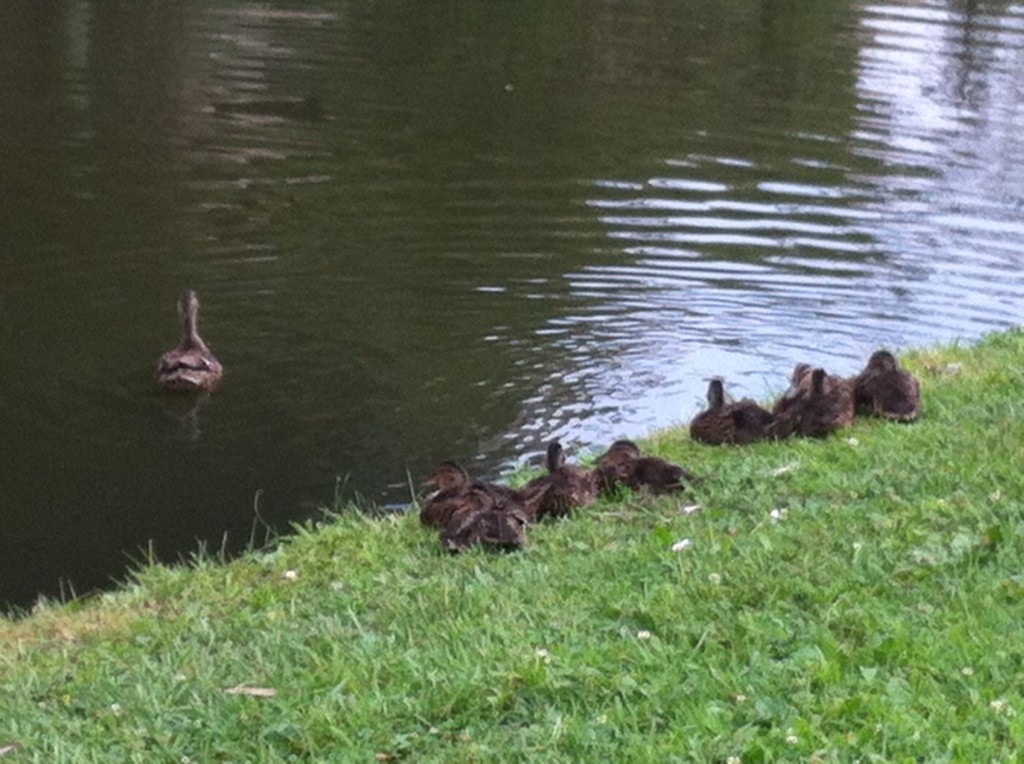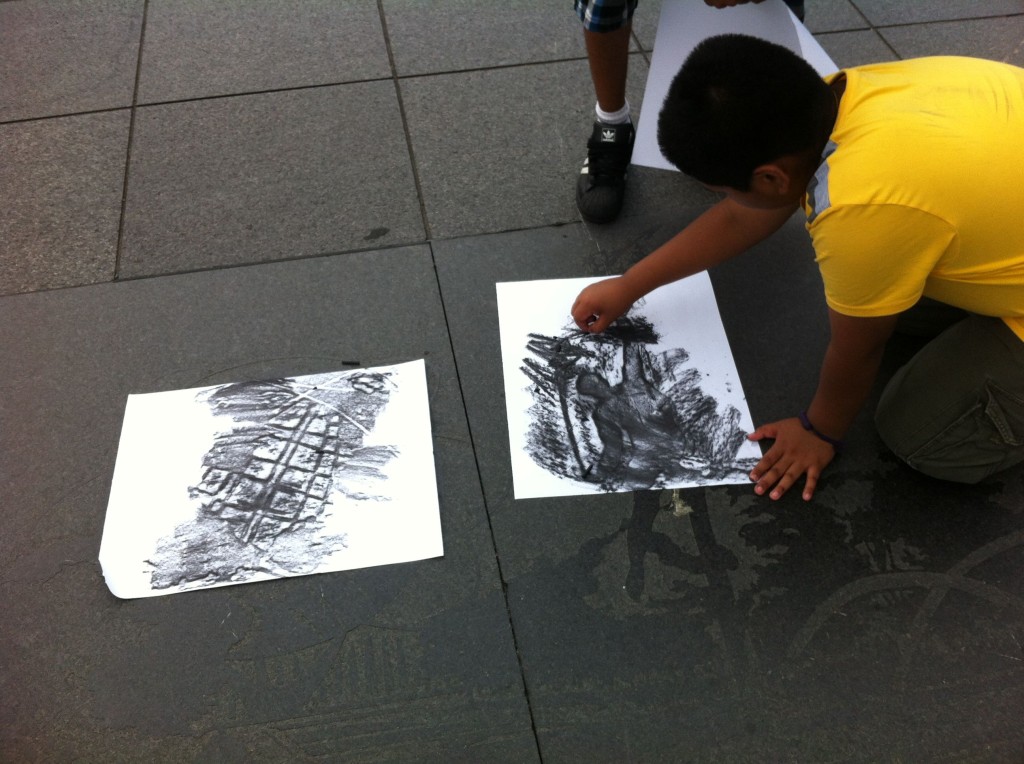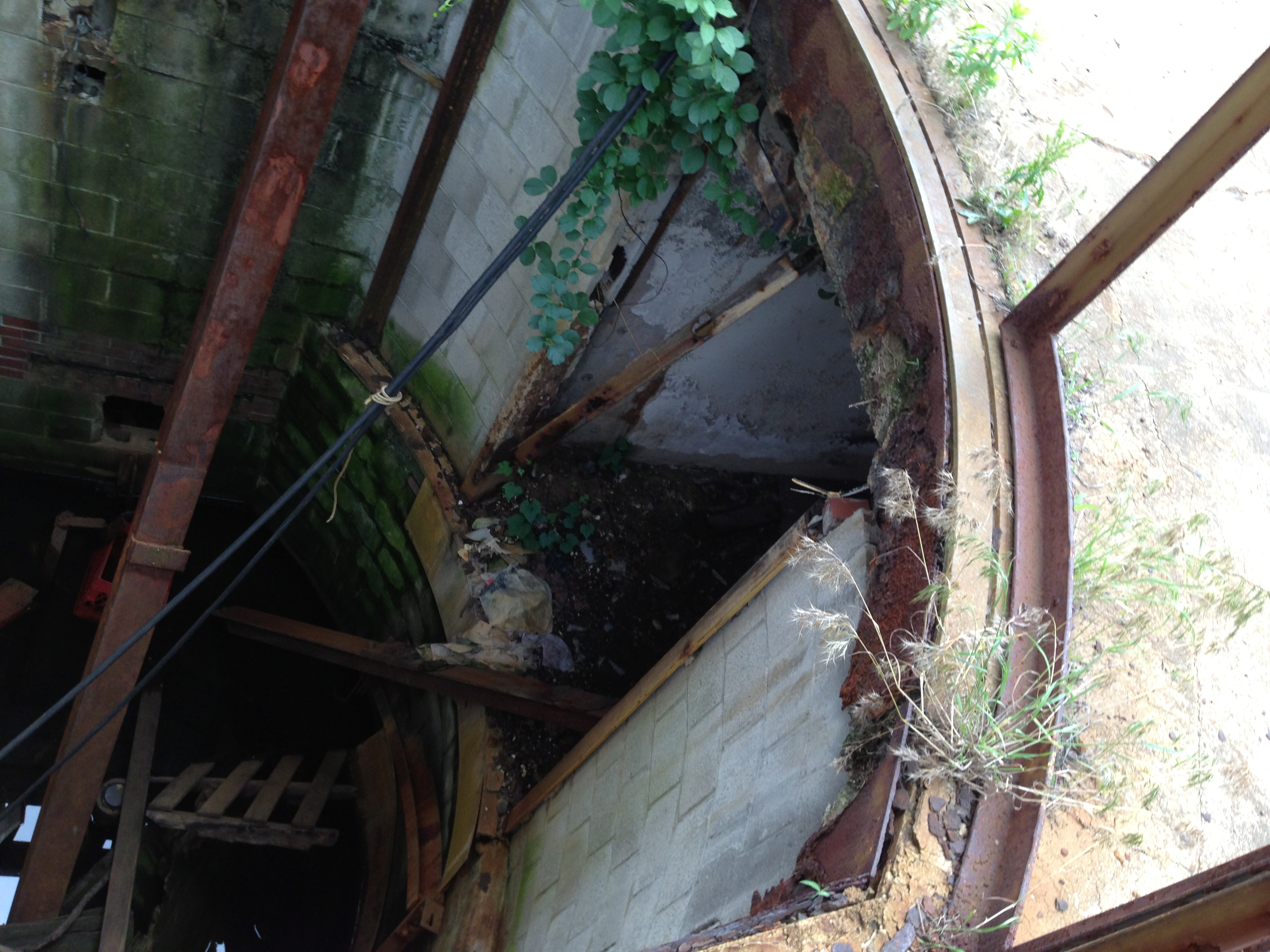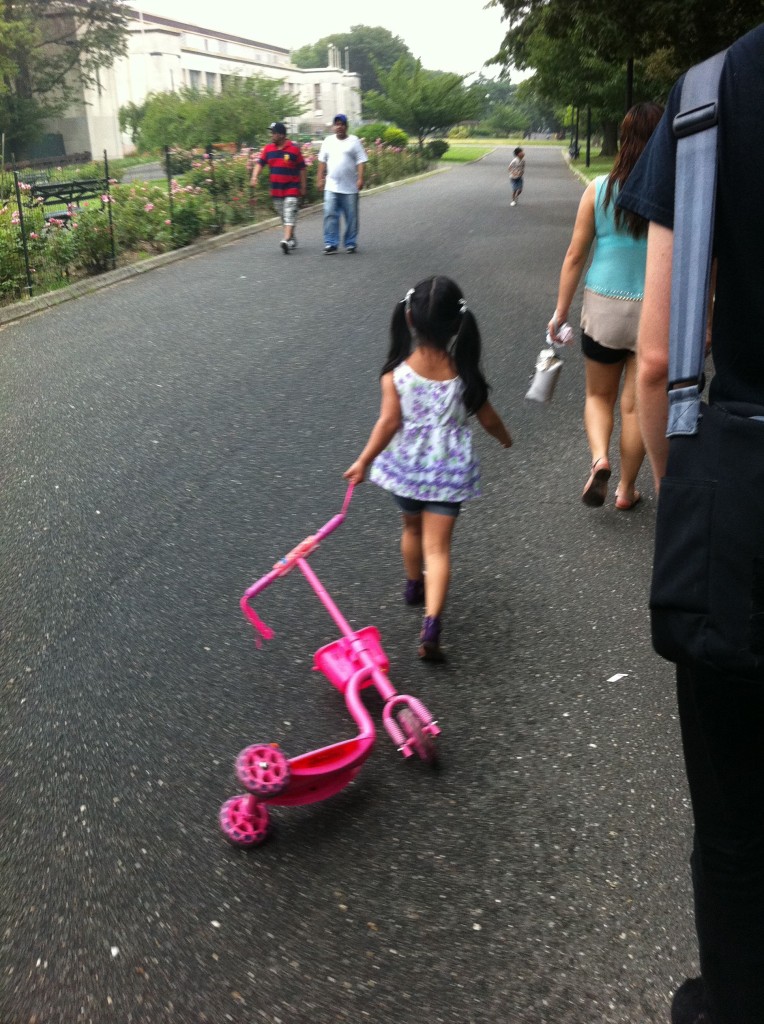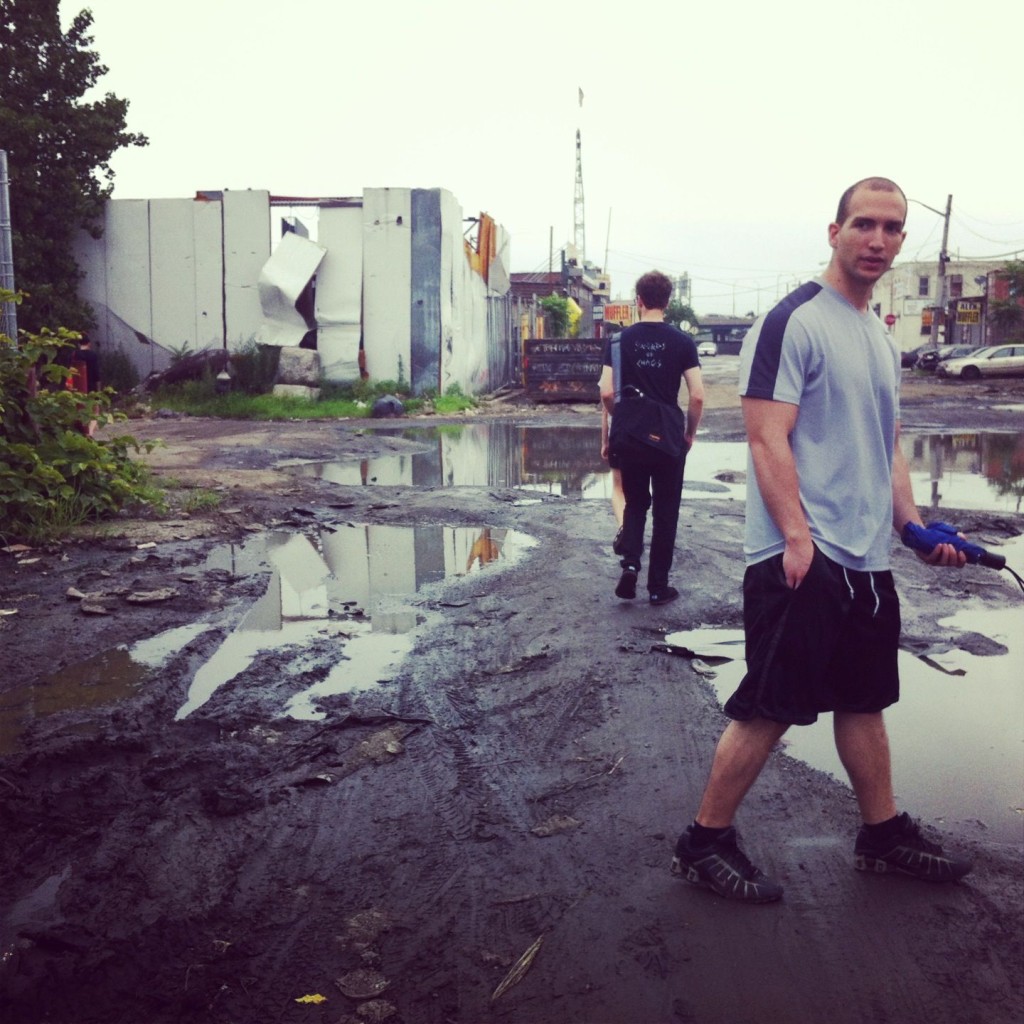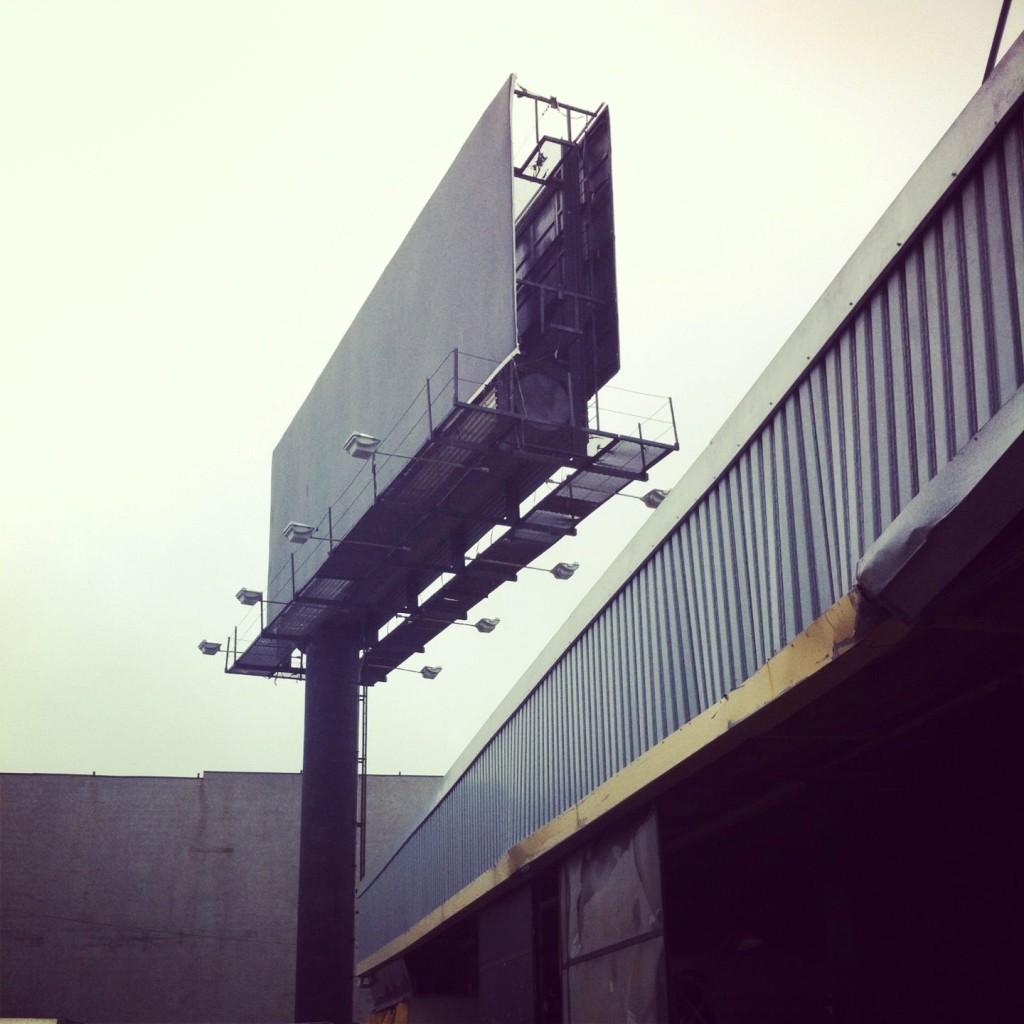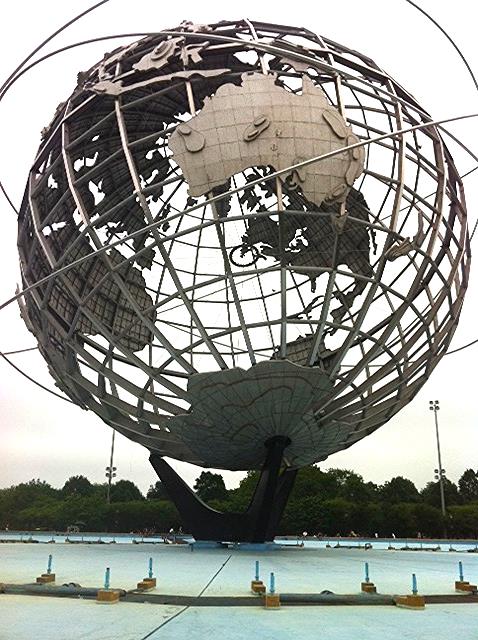Page 100 of A Field Guide to iLANDing.
Through Body, Through Earth, Through Speech
Through Body, Through Earth, Through Speech
Through Body, Through Earth, Through Speech engaged the general public in the Queens Flushing Meadows—Corona Park and Willets Point neighborhoods through research around questions of difference, biodiversity, proximity, and intervention. The collaborators explored and reinterpreted these questions through the cross-pollination of artistic practice and scientific method. Their processes included rat sample collecting, listening, recording, moving and mapping scores, tracings, video, and performance.
A Potion of Past, Present, Future : Reflecting on the Earthdance Residency
alertness of a collaborative narrative to come
all bodies present
are all bodies present
a listening body
a group a tangle a tango a culmination a soup a sensorial stitching a resistance
spatial recognition
i don’t recognize this place
Earthdance spatially, a model partially
a breath an imagined space
Flushing Meadows in mind but out of touch
move in the space in your own way
listening to the space
the space listening to you
slowness
a cranial sacral pulse
an awareness of a cranial sacral pulse
seeing yourself becoming aware of a cranial sacral pulse
a circle of bodies in the forest, touching each others cranial sacral pulses, literally
a pulsing circle
a patch of dirt on the floor unraveling into an ecosystem
if you stare at it long enough
a series of scales unmeasured though noticed
anecdotes
coining the way we speak of these anecdotes as anecdotes
there are thousands of salamanders all around us, sitting very very still
a series of scales unmeasured though noticed
more experiments
resistance to speech
consistent interest in speech
processes of translation
surfaces
canopies
roads
remembered paths
noticing others
miscommunications flowing into translations
miscommunications
assigning meaning
a night walk
a process of revealing one’s movements that molded their place into this moment
what is your process
is it visible
is it contagious
is it a science
how is your body doing?
are you grossed out by feet
did you know this mushroom produces puffs of smoke
this reflects a rural to urban gradient
there is a rural to urban gradient
how do we understand objects materials destruction relationships
print paint and draw with me
its raining
a perfect time to listen to the resonance of surfaces through contact mics
are you looking? did you see? are you experiencing?
who wants to cook with me tonight
what can i do
look in the guest fridge
can i use the microscope? it is time for alone time
it is time to regroup
analogous sameness difference
i look for difference but i want to feel sameness
or something like that
or the reverse depending
what are interests of the group
what is the group
how much does the group lead the other group, the public group
we are all in public, or are we
there is psychic transferral of information too
are we a cult
is dancing movement , movement dancing
an umbrella above our body scan meditations
did you fall asleep during that body scan meditation?
just notice and if you can’t it’s okay
just let the thought happen and pass
should we record it?
how many days have passed?
our bodies hold information
ruralish to urban again
Through Body, Through Land, Through Speech at Eyebeam
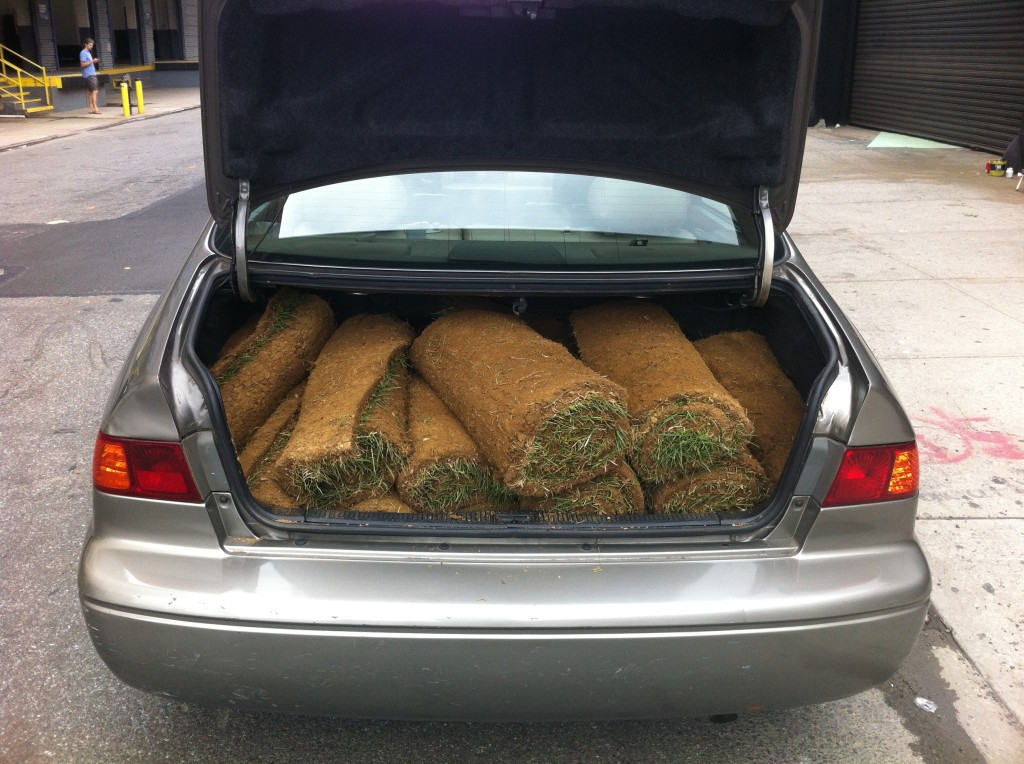
We hosted our third public program for the collaboration Through Body, Through Earth, Through Speech on Thursday at Eyebeam as part of their multichannel concert series. In preparation, we had been visiting the park and interviewing park goers about what they do at the park, favorite memories, and their visions of the park’s future.
This process was very difficult, as our group is a bit shy, but it was such a nice way for us to get to know the people who use the park in a really different way. It was amazing to talk to young people who have so many memories at the park already. My memories are also locked into many experiences of being outside, so these stories resonated with me. It was also nice to talk to older folks who remembered the World’s Fairs and had a very different history with the park.
Here’s one interview in full:
We combined snippets of these interviews with multi-channel field recordings that we have been doing in the park. Here is a rough cut:
One of our first ideas was to create these objects that we would gradually place during the performance to form a big map of the park. It seemed like a good idea! We started making the objects, but as we were rehearsing, we realized that the objects and our movements might be distracting to the larger goal of listening.
We decided to place them at the entrance to kind of ‘frame’ the space before people entered. It was an interesting revelation to have as a group because we made the objects that we had agreed upon, but after trying them out as part of a larger piece and finding that it didn’t work out the way we expected, we decided that we had to change our larger idea. It was interesting to talk to Jason about it afterwards to see what his impressions were. We were wondering if he was shocked and he said on the contrary that this in science all the time- you might spend a lot of time on a project and then find that the results don’t work out and have to throw the research entirely. Luckily we didn’t have to do that, but it was interesting to see this corollary.
Eventually, we settled on having the 8 channels of sounds play through different speakers around the space and having an area in the center for listening and space for people to wander around. We thought about the movement in terms of movement throughout space and the movement of the people vis a vis their recordings. We decided to install a large area of sod for people to lay down in the center of the circle.
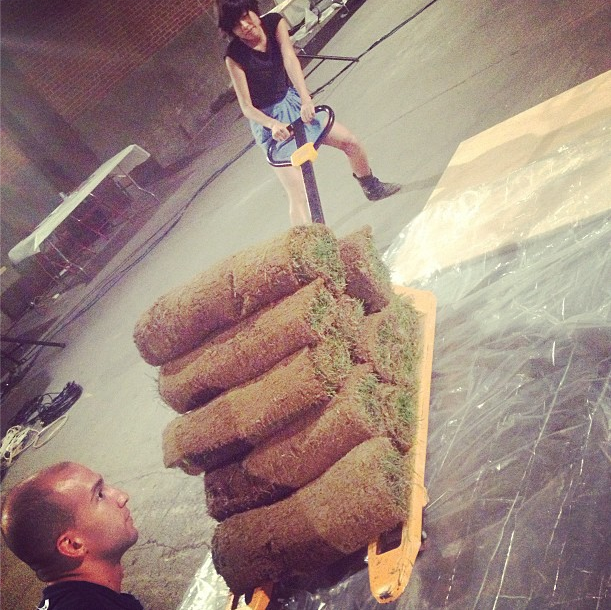
The plan almost worked. We had some hiccups at Eyebeam when a person who was coordinating shows for fashion week the upcoming week had a good old fashioned hissy fit that we were putting sod down on their future catwalk. We had to scale back the installation, and Daniel Neumann, the coordinator for the event, had the idea to keep the sod rolled up, like Joseph Beuys’ felt. “It’s about the potential.”
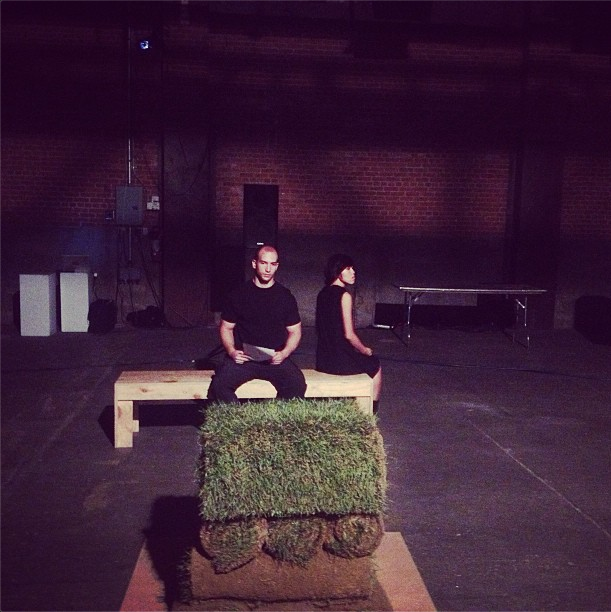
Visitors were greeted with this spotlit wad of sod. It felt a bit like a turf worshipping event, but it was visually arresting, and there was so much tension around the grass. It seemed to beckon for people to pet it, sit on it, unroll it. I was wondering if anyone would.
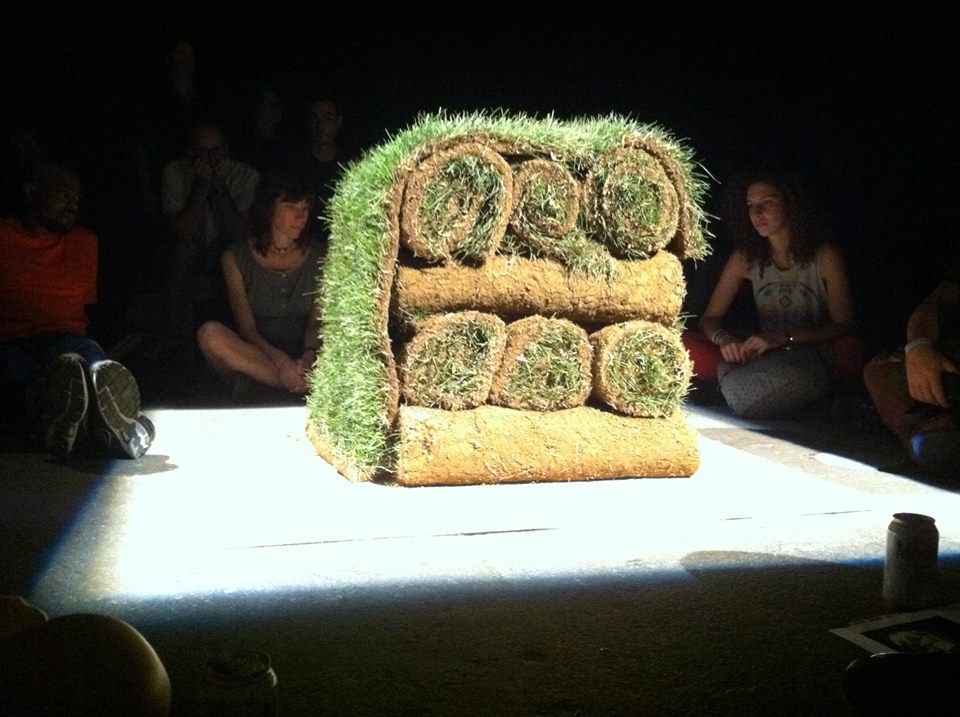
During the playing of the field recordings and interviews, we interspersed short texts that were spoken out loud through megaphones that we had made during the first Fantastic Futures performance. The text alluded to the navigation through the space by a human and a mouse and what they might be paying attention to. Altogether, the content returned to our interest in the use and misuse of space and the artificiality of the park as a natural place. So, it was really amazing when near the end of the performance, one viewer got up, walked towards the sod, and slowly walked around, passing his hand over the grass. All eyes were fixed on him. I wanted to do the same!
After the event, we were able to make the actual installation, but it had to happen outside. So, we appropriated a bench just outside of Eyebeam and made a temporary lawn. We filled it with joy for just a little bit before we had to pack it away for the night.
Public Engagement at Queens Flushing Meadows Corona Park
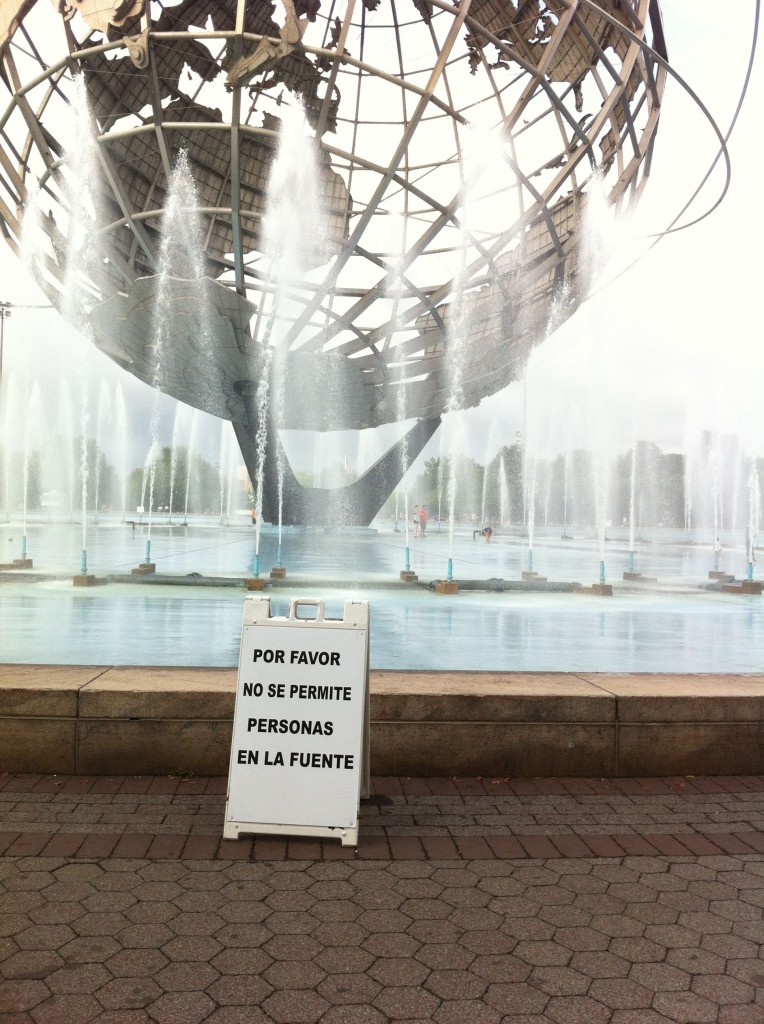
We hosted our first public event at Queens Flushing Meadows Corona Park today as part of the project “Through Body, Through Earth, Through Speech,” focusing on the theme of use/misuse of public space. As Phuong mentioned in her post, the park is full of beautiful cases of people and animals using the park as they need, often not as it was intended. These actions are what create the meaning of the space, not the other way around.
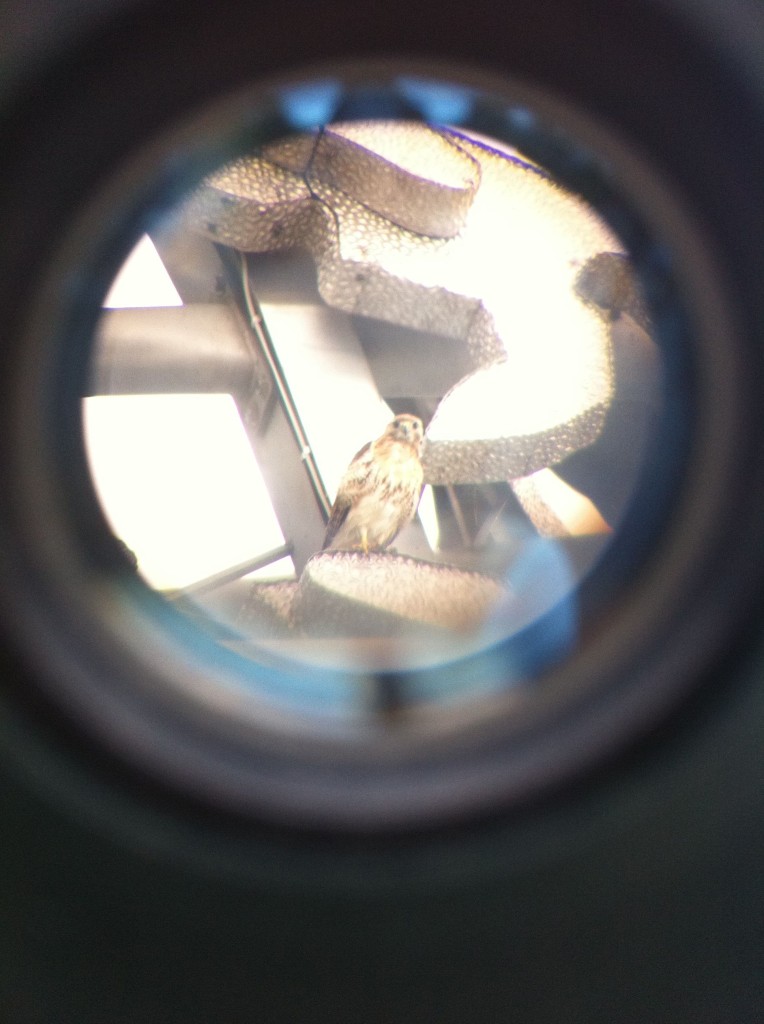
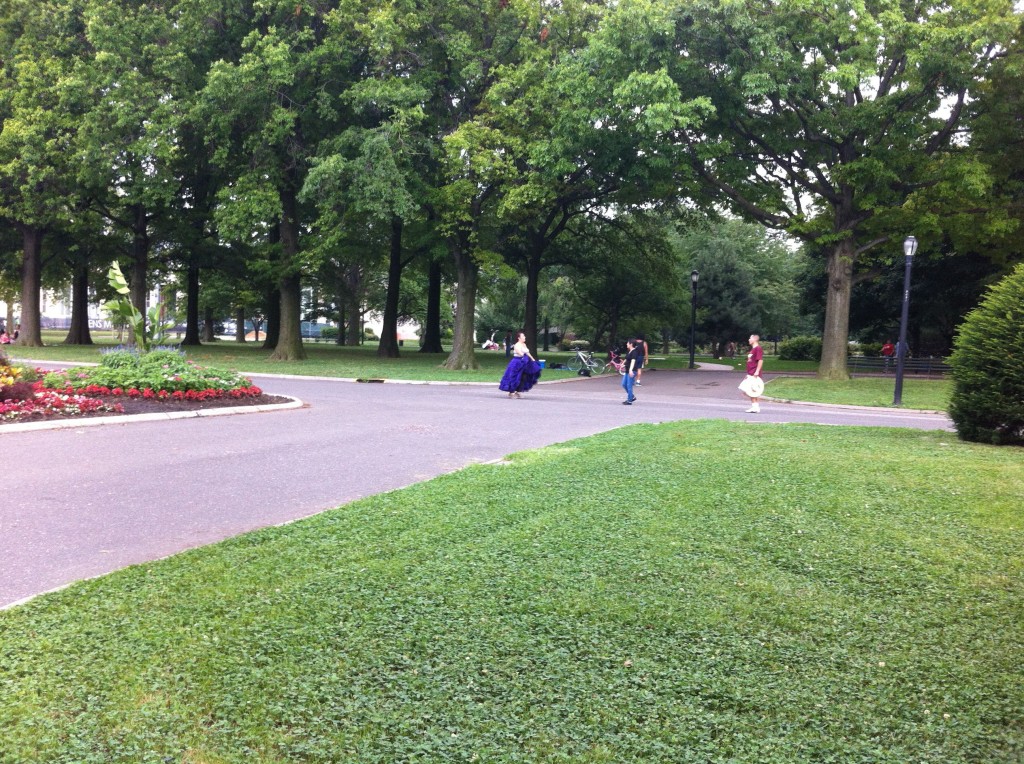
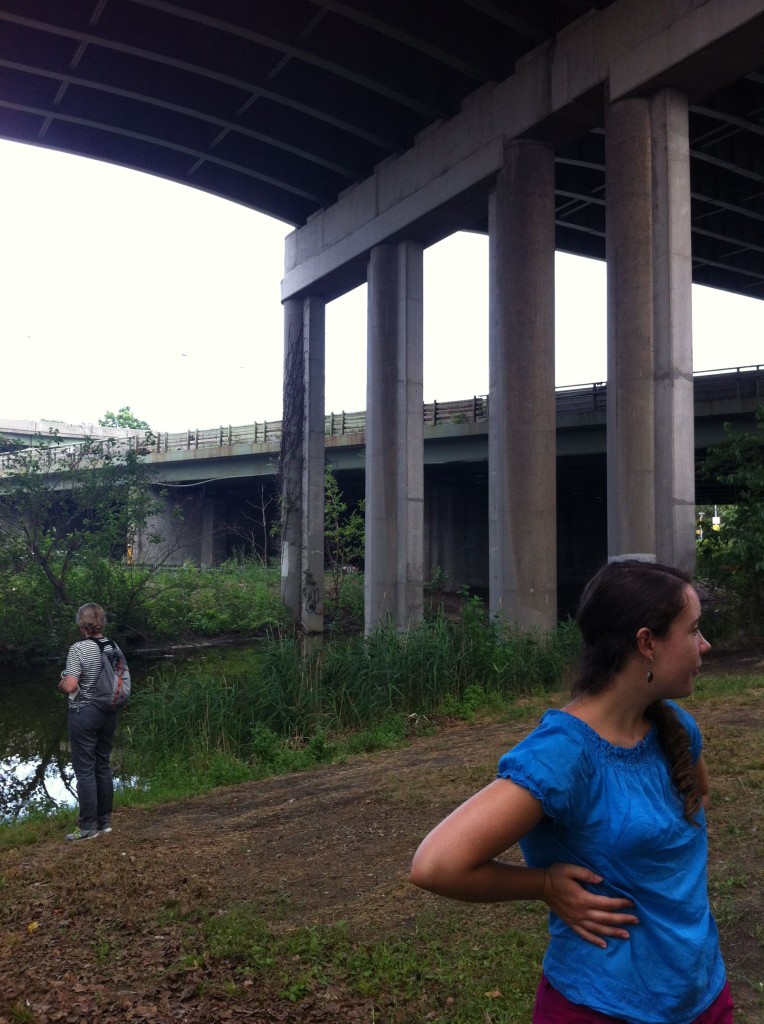
This photo (below) is from a rubbing activity that we did as part of the event where we created rubbings of a large floor mural that tells the story of the 1939 and 1964 World’s Fairs. We didn’t anticipate it, but as soon as we started, so many park-goers were interested in doing it as well. Luckily, Or had brought extra paper and we were all able to work on rubbings. A take-away from our feedback session after the event was that it would be nice to extend this engagement into a conversation, interview, or even have these spontaneous participants join for the rest of the event.
What is the “use” of a space?
One of the thing we have been thinking about is the notion of “use”, how is a space is considered being “used” or abandoned and how it is influence the value of the space. I think this idea rooted from the first community workshop about the future of Flushing Meadows-Corona Park that we attended, through which we learnt that the corporations rely on whether a space in the park is “used” or not to proposed their development plans. But I believe the term “being used” in this case is very much about monetary values and apparent human absence in which it disregards other elements and beings that also situate within, navigate and use the park in many different ways. We are reading de Certeau’s Walking in The City which thought about tactics and strategy when it comes to how a space is used. Strategy is how the space is supposed to be built and used for: in this case, the park is built with fences, benches, signages, road walks, water fountains, and many other constructed objects and structures that imply how we are supposed to walk, sit, behave and designate within it. And yet, many park users are using tactics upon the space, using it in a way that is either comfortable, convenient and enjoyable to them regardless of its prescribed ways of using. For instance, the Uniphere fountain, when there is no water, is turned into a skateboarding area, making it rather more alive and entertaining, as opposed to what it is supposed to be: an admirable object to stand back and look at. But with other areas with less popularity and human presence, this way of using the park is in many ways unnoticed, if not invisible. Yet this doesn’t mean they should be disregarded, in fact, they should be explored, and taken into account for the future of the park because they are a part of the park’s identity: secretive but substantial.
Taking this idea and apply it to abandoned structures in the park such as the observation deck, a symbolic futuristic vision that is now in vain, it has taken on a different meaning. Together dust and rust has grown organisms and new creatures has moved in. They became the new “users” of the space. By saying this, I want to stay away from “using” in terms of products and services, a human concept of consumerism, which is what corporate developers are practicing upon the park. Development decisions that regard only monetary and human service values of the space will drastically influence the lives of many other creatures and the park’s biodiversity. For instance, what will happens to birds and fishes at the Fountain of the Planets? We should think about the park with not only its diversity in individuals and human practices but also in its biological aspects.
– Phuong
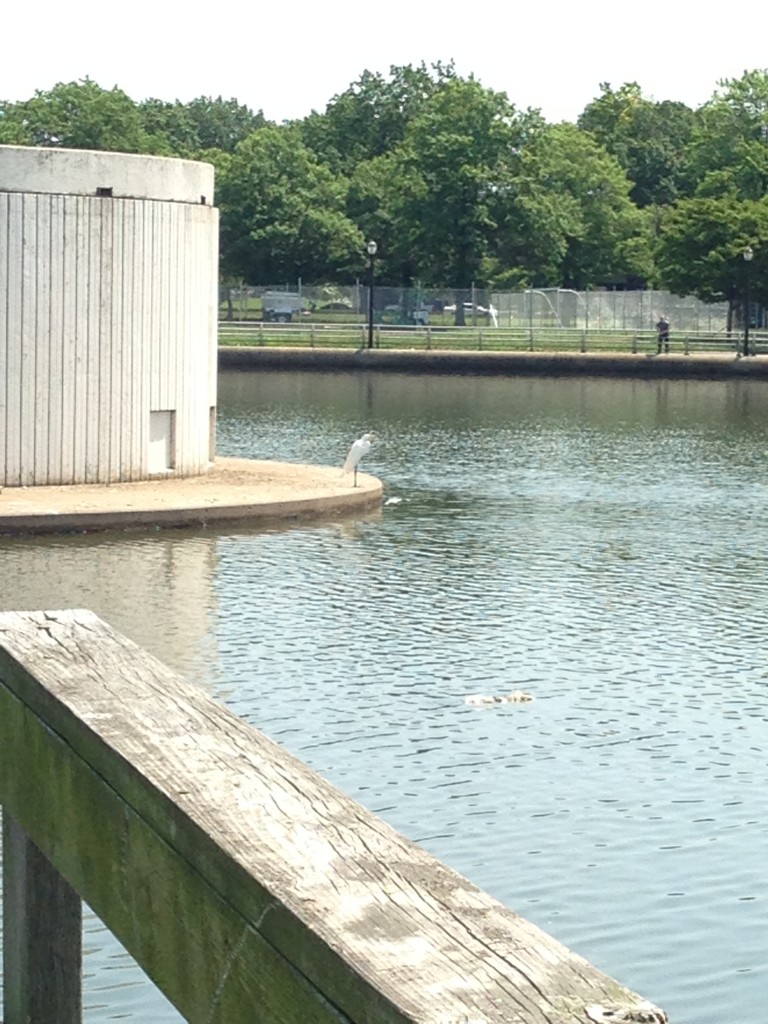
Observation Deck sneak in
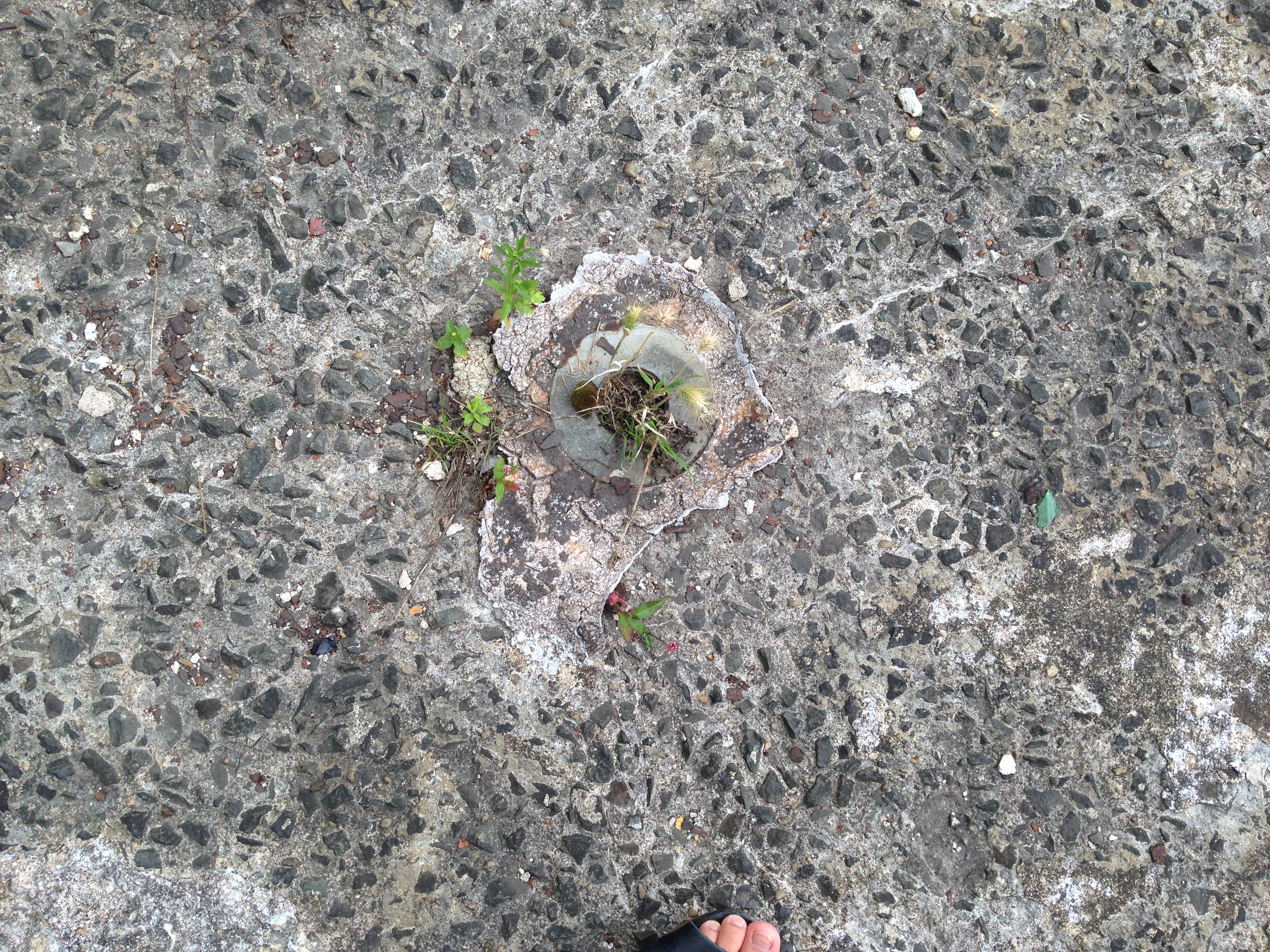
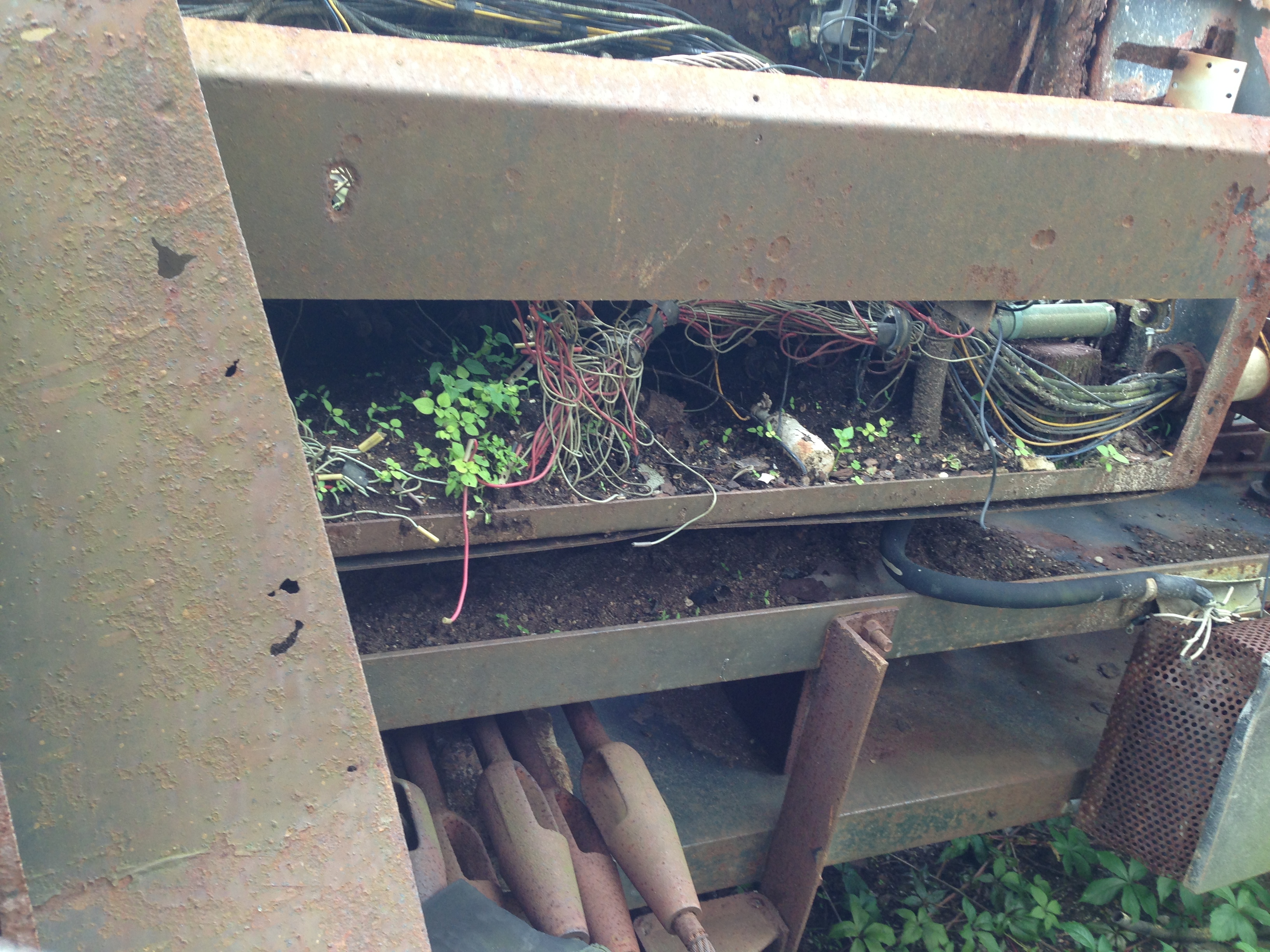

A Walk to Willets Point
We returned to Flushing Meadows Corona Park today and met with Jennifer for a walk to Willets Point, the site slated to turn into a mall. The area is nicknamed the “Iron Triangle,” and is home to a number of scrap yards, car repair businesses, even Tacquerias. There is no drainage there, so after the rain, the roads flood full of a dark sludge.
We talked about the ostensible ideology behind the World’s Fairs-of creating a multicultural, international utopia, and how the area and the park has become that, almost, as Jennifer commented “despite itself” because the neighborhood has claimed this former ash dump and made it for their own. Whenever we visit, we constantly observe people using the park, not as intended, but as they need/desire it.
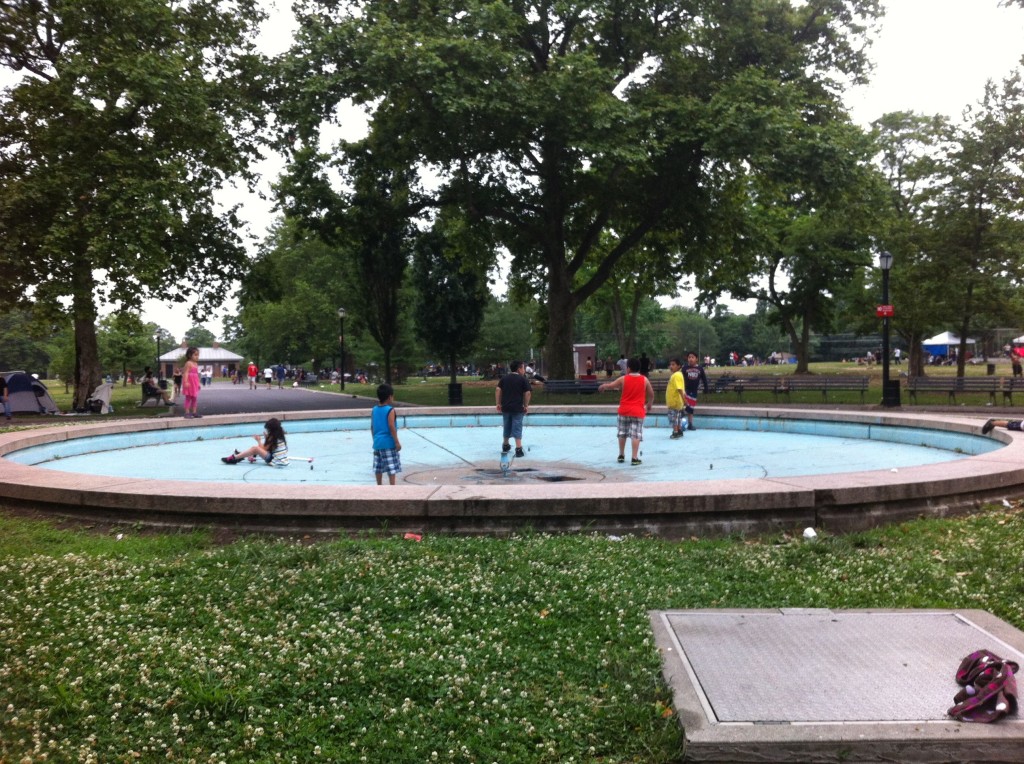
We attempt to map out these relationships among time, sound, and space as a way to change our way of seeing the park- to shift perspectives to that of a mouse, a rat, a child, or a tree.

Rat Trapping in Hudson River Park with Jason Munshi-South
Here we go! Or and I accompanied Jason Munshi-South on a Rat Trapping adventure in Hudson River Park. We were joined by two of his students and a British film crew making a documentary about the ways that animals are mutating in response to man-made changes to the environment. Apparently there are some NY rats that have developed a resistance to rat poison. Let’s just call them SUPER-RATS!
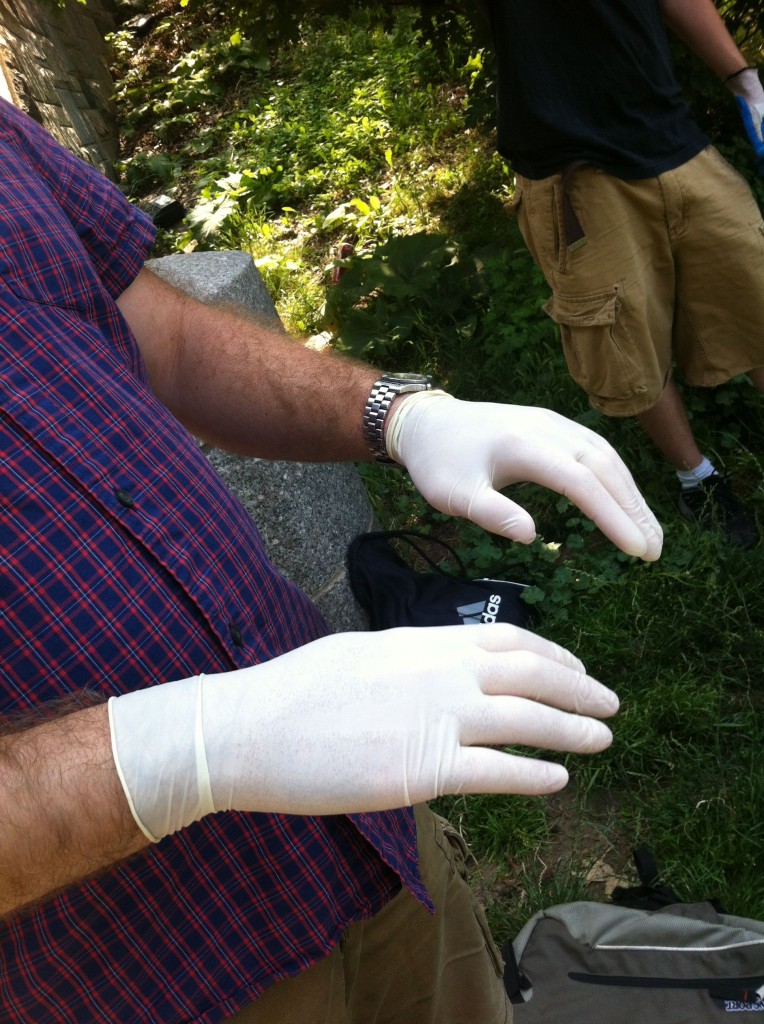

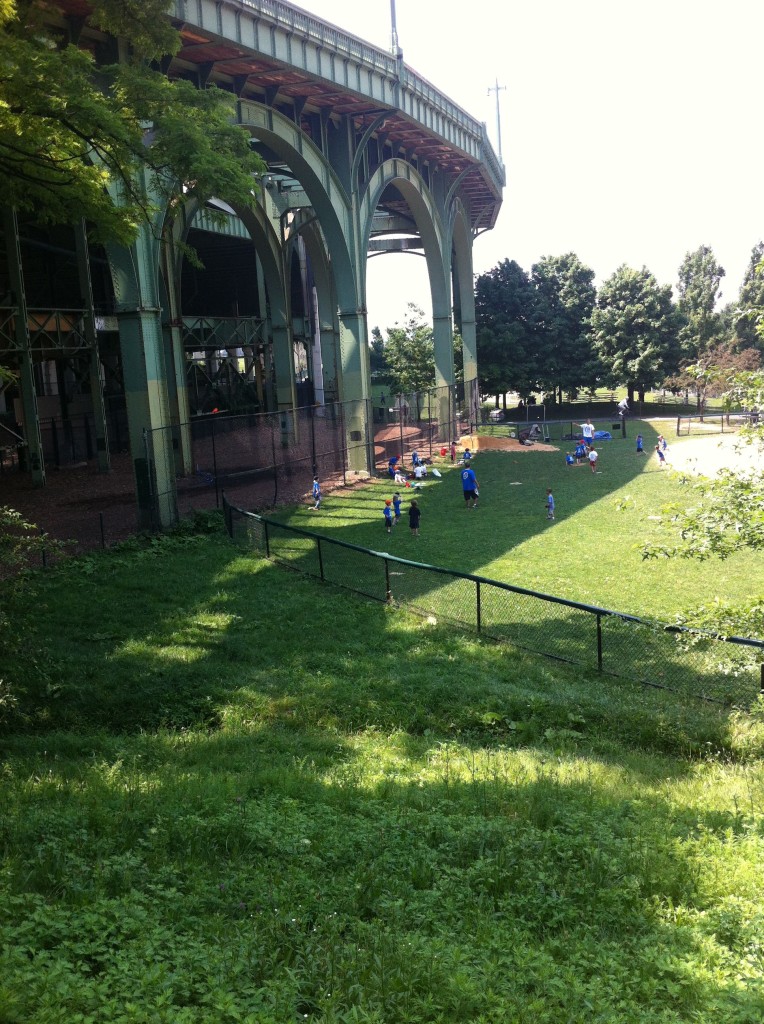
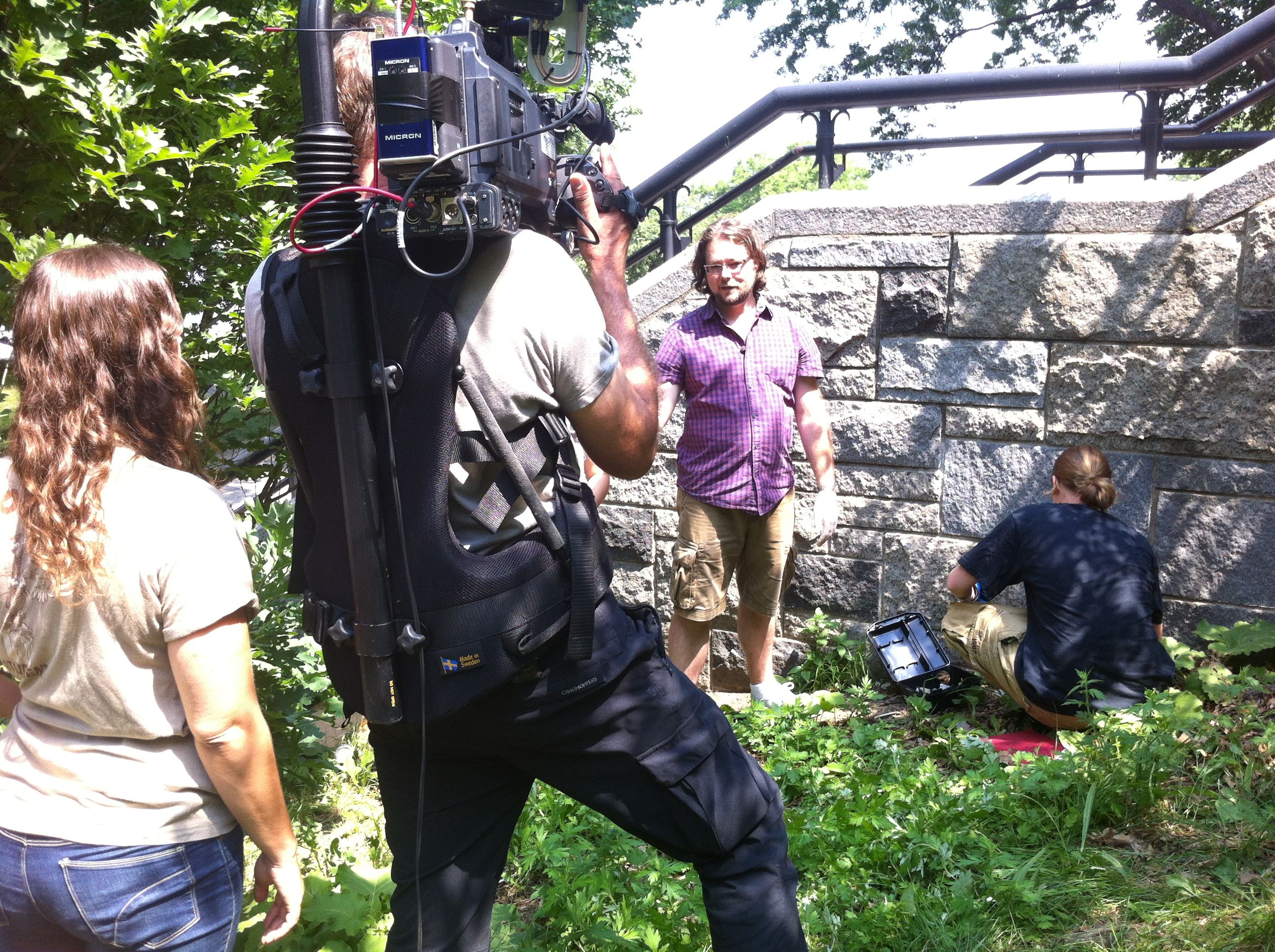
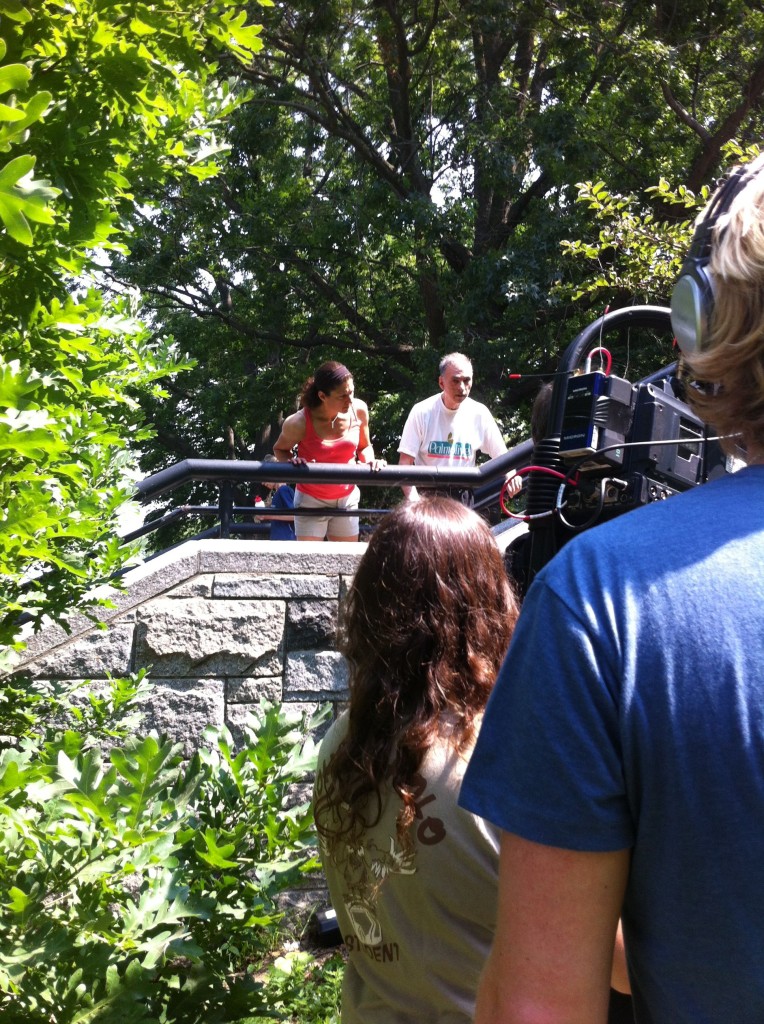

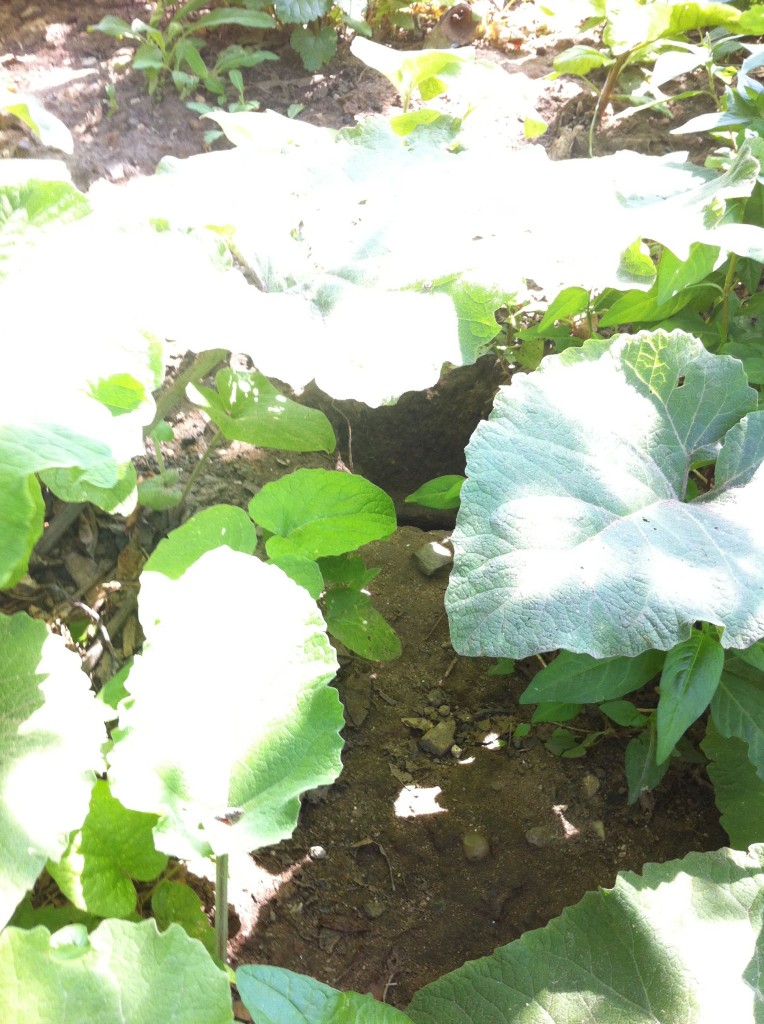
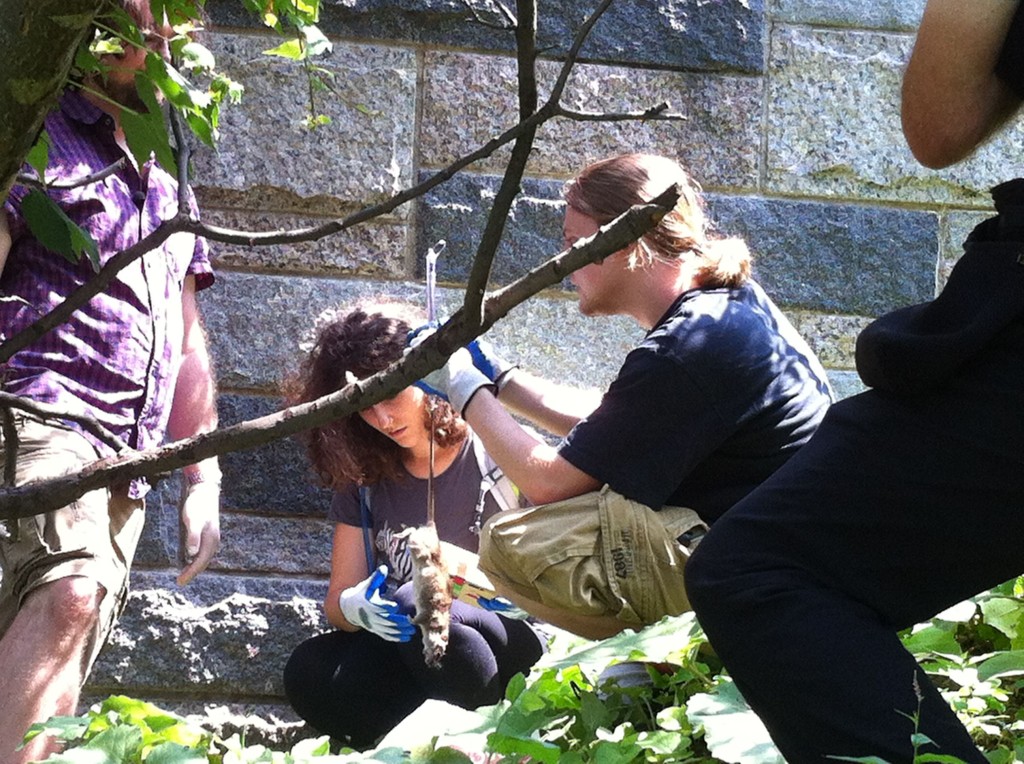
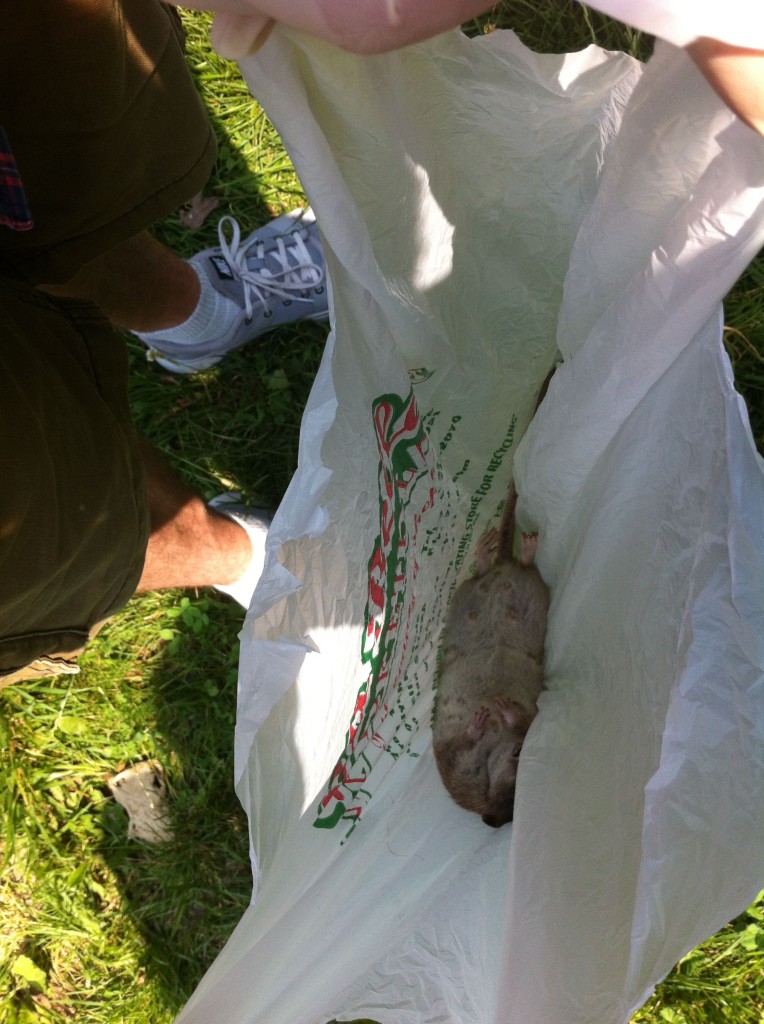
Sweeping the Dance Studio- Maintenance as Movement
As part of the iLAB residency (Through Body, Through Earth, Through Speech), our group spent a week at Earthdance in Plainfield, MA where we shared our processes, developed activities, and generally spent time together. Near the end of the residency, we were asked to help out with Earthdance’s weekly cleaning. I had been thinking about maintenance before this- about the care of our bodies, our relationships to one another, and of our natural world. I signed up to clean the dance studios with a swiffer, a chore which is accompanied by a particular (humorous/boring) type of movement that might be juxtaposed with the more gestural/poetic/abstract types of movements that normally fill the volume of the space.
——
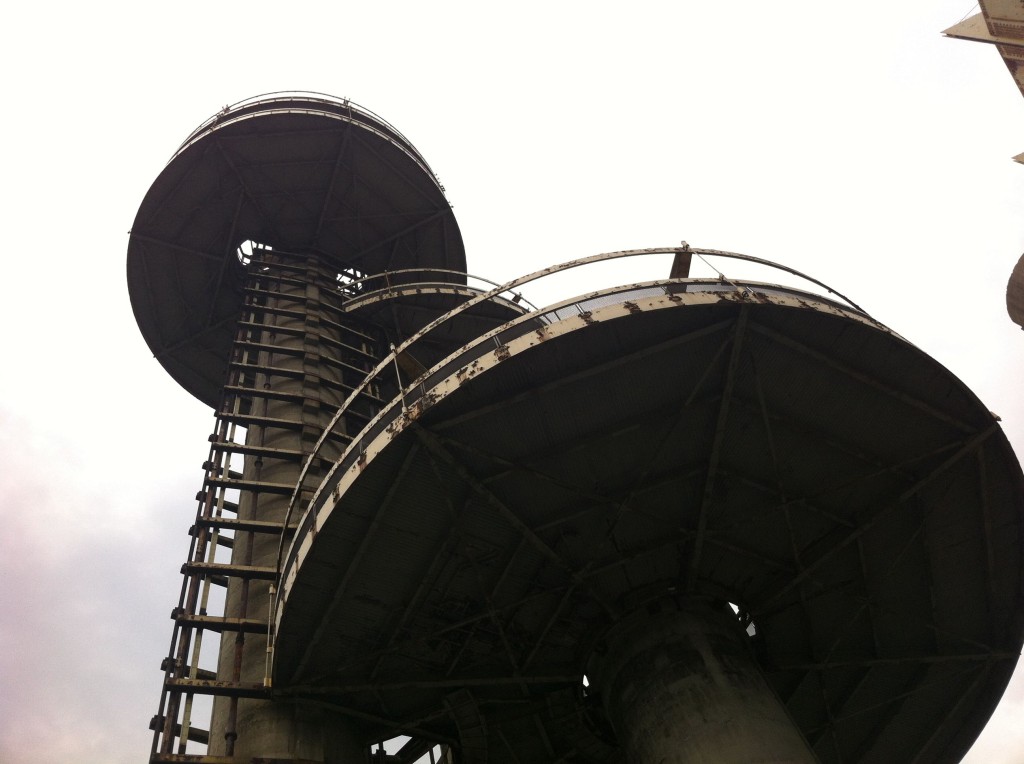
Since we’ve been back in NYC and working at the Queens Flushing Meadows Corona Park, we’ve had some interesting conversations about utopian ideals of the future in relationship to the architecture left over from the 1939/40 and 1964/65 World’s Fairs.
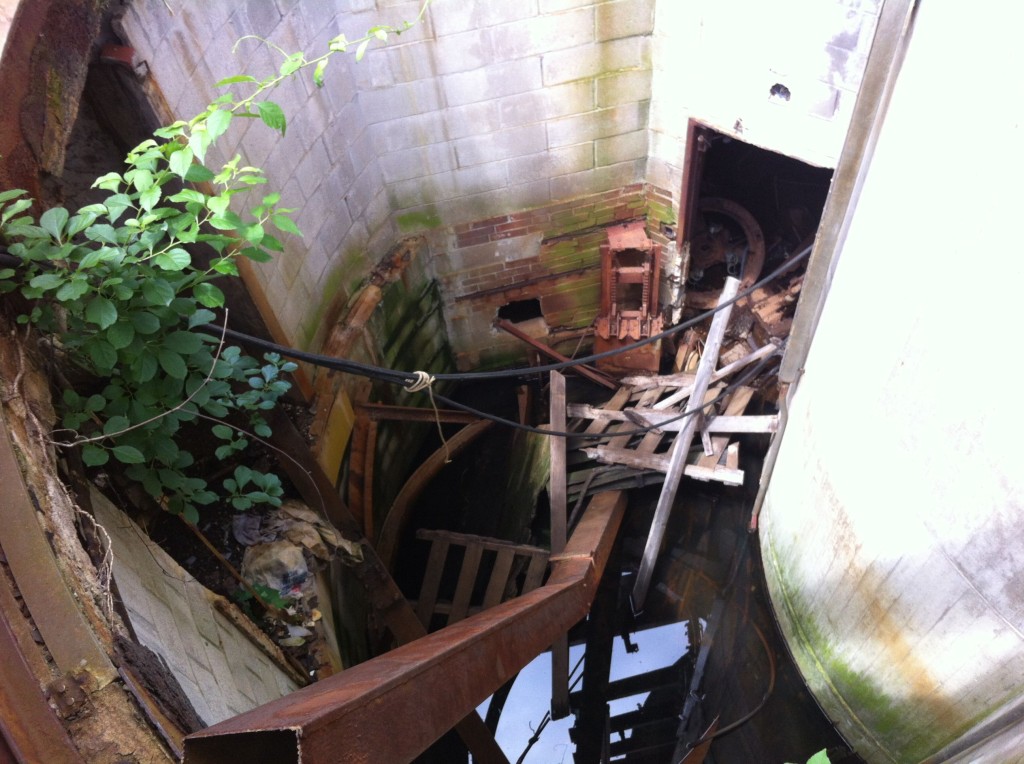
Our group was really attracted to the architecture that demonstrated a dated vision of the future that were now being taken over by plants, moss, and animals, eaten up by rain, sun, and wind. We talked about the conversations around restoring these structures, and how the most accurate image of their future would be ones where they are completely taken over by plants.
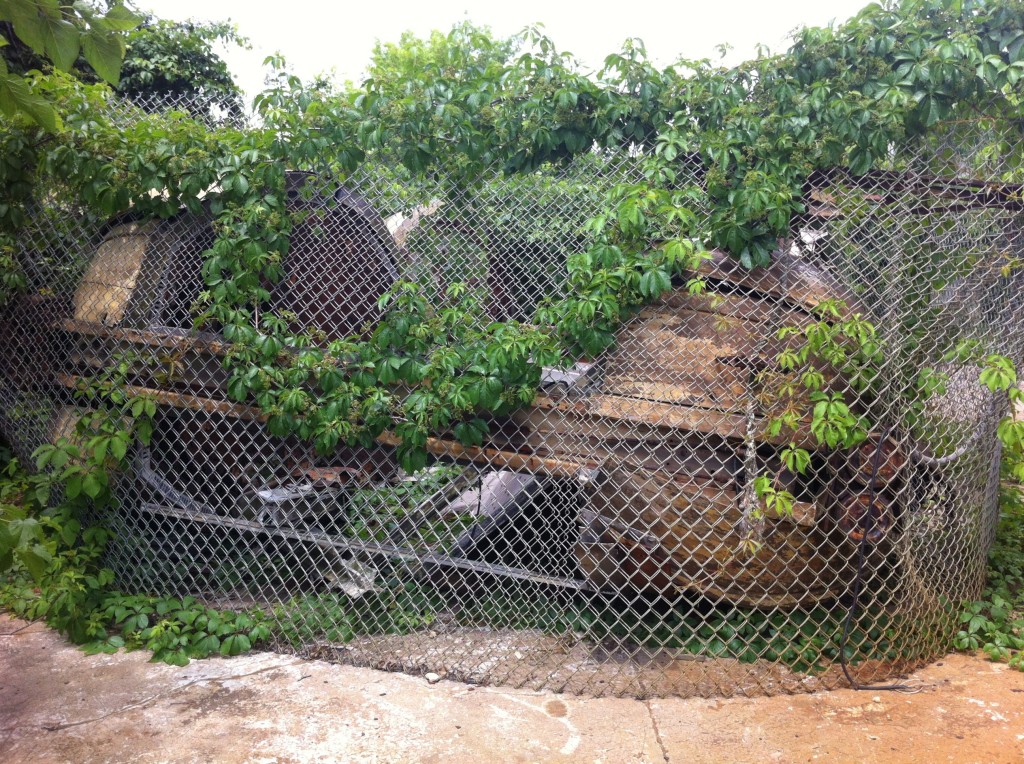
So it occurs to me that the future is always under maintenance. Not just the material production and sustainability, but also its imaginary.
Here is the unisphere, the very iconic globe dedicated to peace that sits at the center of the park. Obviously emblematic of the international scope that these world’s fairs aspired to, images of this object seem to be interchangeable representations of the park.
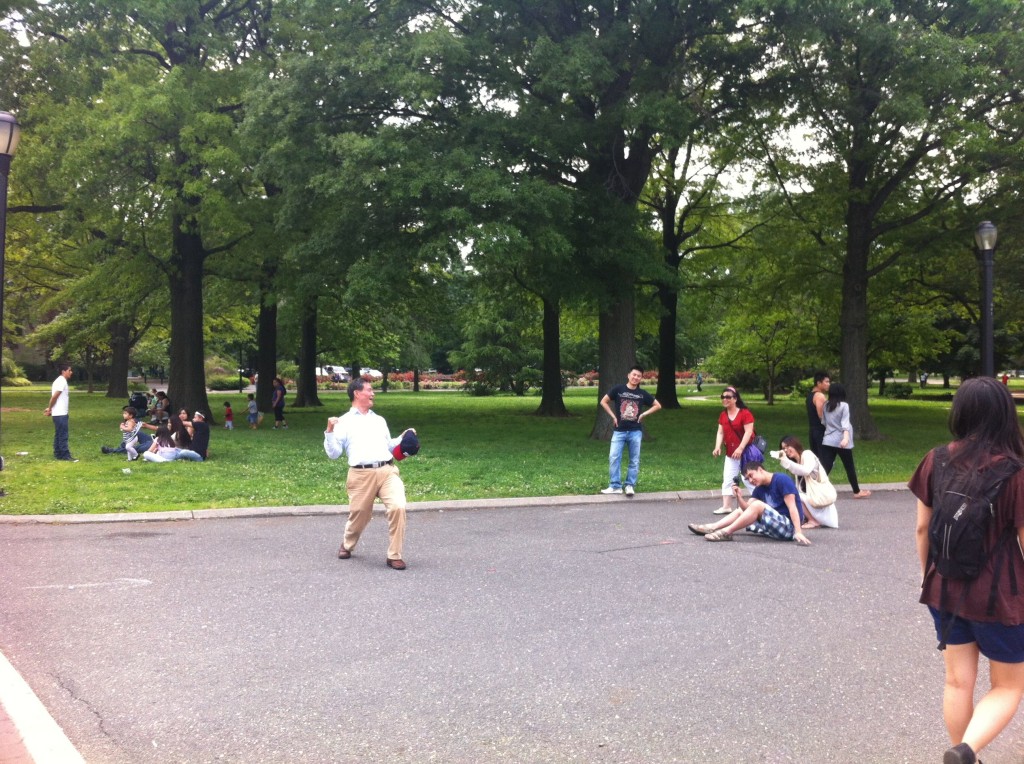
Here is a fellow that I caught posing as if he is holding all of the unisphere up. There are a few people on Flickr who have the same idea. Like Atlas, the Greek God who was required to hold the heavens on his back as punishment, we imagine acts of maintenance as tedious punishment. I wonder how we can reimagine them as play, as intellectually challenging, as worth our time, money, and energy as any imagined future might be.
